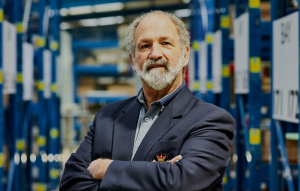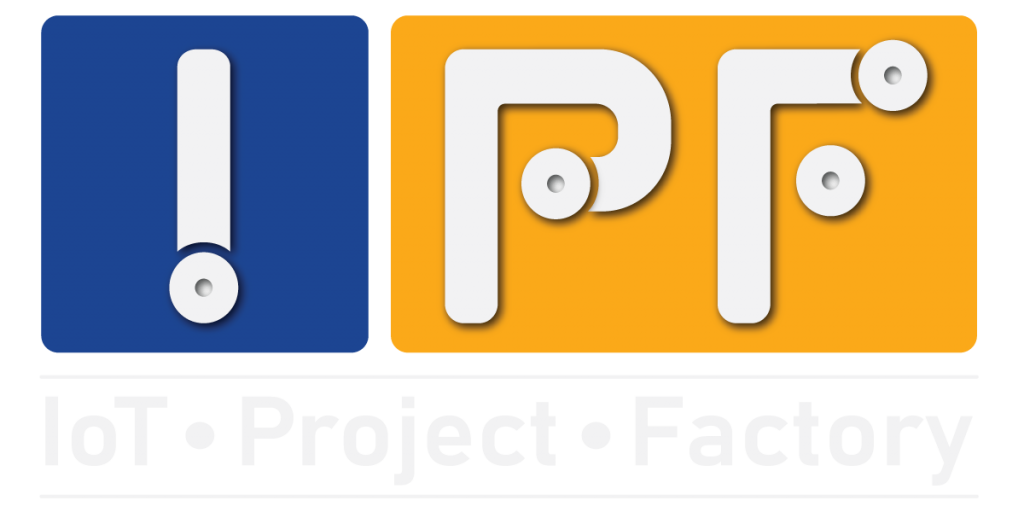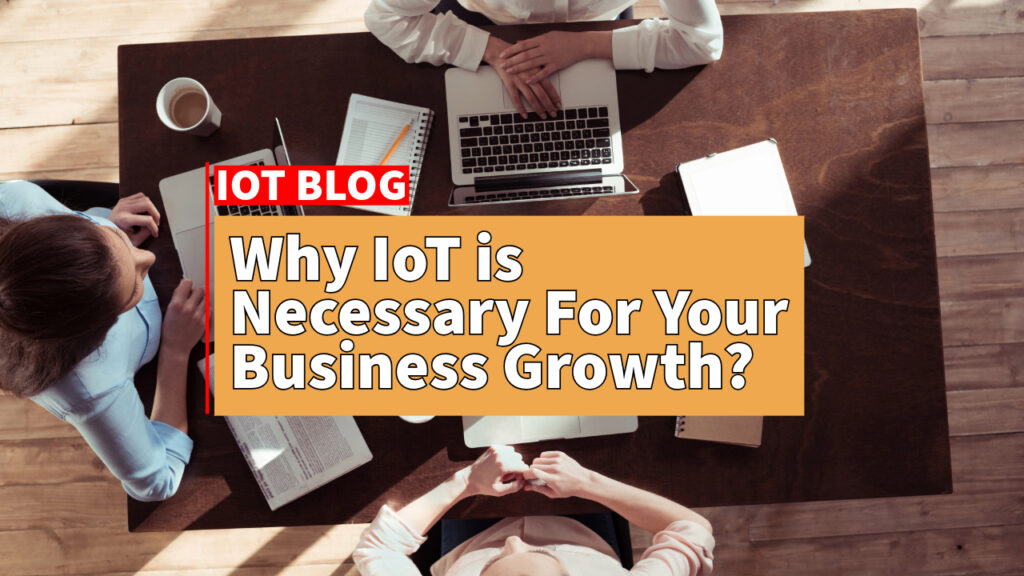The Internet of Things (IoT) is revolutionizing the way we work, live, travel, & conduct business. It’s also the foundation of a dynamic industrial revolution called Industry 4.0, as well as a crucial component of the digitization of businesses, cities, & society as a whole. Explanation enough to comprehend the Internet of Things’ core.
The phrase “Internet of Things” is the situations in which network connectivity & computing capacity are extended to sensors, objects, and ordinary items that aren’t typically thought of as computers, enabling such devices to create, trade, & consume data with minimum human interaction. There is no singular, universal definition, though.
Various technological communications models are used in IoT deployments, each with its unique set of features. Device-to-Cloud, Device-to-Device, Device-to-Gateway, & Back-End Data-Sharing are four typical communication modes specified by Internet Architecture Group. These examples show how IoT devices may interact and give value to users in a variety of ways.
Different Ways, How IoT Impact your Business
 With its evolving tactics and gimmicks, the Internet of Things became a household name. While incorporating software, sensors, electronics, and actuators, cars, appliances, & devices has brought about a vast shift in the evolving globe. Data interchange and device connectivity through wireless and cable networks have also grown increasingly important. The Internet of Things (IoT) provides limitless opportunities for businesses to expand and change their roots. The technologies have a broad impact on data interchange and gathering, ensuring that sets of data can function properly and businesses may develop new techniques to do it all. Among the most important methods are:
With its evolving tactics and gimmicks, the Internet of Things became a household name. While incorporating software, sensors, electronics, and actuators, cars, appliances, & devices has brought about a vast shift in the evolving globe. Data interchange and device connectivity through wireless and cable networks have also grown increasingly important. The Internet of Things (IoT) provides limitless opportunities for businesses to expand and change their roots. The technologies have a broad impact on data interchange and gathering, ensuring that sets of data can function properly and businesses may develop new techniques to do it all. Among the most important methods are:
Smart City Life
IoT and item connection have the potential to improve individuals’ quality of life & make their lives easier. Finally, the adoption of smart gadgets and systems with interactive components encourages consumers to be more active. They will feel like they are a part of the environment as a result of this. Furthermore, this makes it easier for them to have a better experience.
Automation System
Users of the Internet of Things may operate smart gadgets remotely via apps loaded on their phones and tablets. They may now change many variables and select particular choices. In addition, computers can deliver automatic alerts and warnings, as well as conduct actions just on the user’s behalf. For instance, if any of the goods in the fridge are out of stock, the fridge may buy groceries from the shop. The user may even control the temp in the houses while they are gone.
Saving Time, Resource And Money
The ability to link and communicate quickly across devices reduces reaction time & human work. To summarize, improved production and efficiency result from this. Several of the sophisticated appliances in our homes save energy, materials, and money. Finally, many payments are required in preventive analytics, which aids in the prediction of problems in IoT ecosystems.
Linking Devices
The Internet of Things (IoT) allows linked objects and people to maintain a constant connection and exchange data. Because of the built-in, widely utilized sensors and the many technologies that assure object connection. Lastly, patients’ health conditions can be tracked, objects can be located during transit, and building status can be monitored, among other things. All of this is available from the convenience of our smartphone and any other connected device.

Businesses Transforming By IoT
IoT In Healthcare
The following are some of the key benefits of IoT in healthcare:
- Cost savings: IoT allows for real-time patient monitoring, reducing the number of hospital stays, needless doctor visits, or re-admissions.
- Improved Treatment: It allows clinicians to make educated judgments based on data and provides complete openness.
- Disease Spreads More Rapidly Diagnosis: Using constant patient monitoring & real-time data, doctors may diagnose illnesses at an early stage, well before symptoms appear.
The Internet of Things in healthcare isn’t without difficulties. IoT-enabled linked devices collect massive quantities of data, especially sensitive information, raising data security issues.
IoT In Agriculture
IOT is used by farm management to guarantee that the crops & soil receive the same what they require. Connecting the farm material assets to the internet allows for remote surveillance of the farm conditions & infrastructure, as well as time & labor savings on routine farm inspections.
- enhancing producers’ judgment using data analytics.
- providing better and cheaper insights from actual statistics across the supply chain, and assisting farmers in responding to market demands.
IoT In Manufacturing Industries
Simply said, IoT connected assets offer manufacturers with real-time data which allows them to make educated decisions. The sensor devices give useful information about machine parameters that is utilized for analysis & improved prediction.
- Expecting Market Data is critical for assessing trends and giving information regarding production quality at such a manufacturing plant. It also aids producers in strategizing and anticipating necessary modifications.
- Predictive Maintenance IoT is the sensor-based technology that collects data from assets in order to gather useful information about health & performance. Advanced analytics are built into the system to offer actionable information.
Smart Metering
Your firm will have access to valuable, actual data with the IoT-ready energy meter, allowing you to deliver better service while lowering costs and increasing profit:
- Minimize power outages by effectively balancing electric loads.
- Streamline power distribution by improving forecasting accuracy.
- Pricing strategy is achieved by raising or reducing expenses in response to real-time needs.
Recent Insight Of IoT
As it plays a critical part in the digital transformation, the IoT technology solutions has recently progressed from the experimental stage to delivering commercial value. The industry’s continued expansion will act as a digitization force for all businesses. According to IB insight, the IoT industry (which includes IoT software, system integration, hardware, and data and telecom services) is anticipated to reach $520 billion in 2020 as a result of linking all of our gadgets to the web. Furthermore, according to IDC, global IoT investment would reach $1.15 billion by 2021, with a compound annual rate of 13.6 percent. We make every effort to manufacture flawless products. Having 5 years of expertise working with IoT services and products, we have completed projects for clients all around the world.

